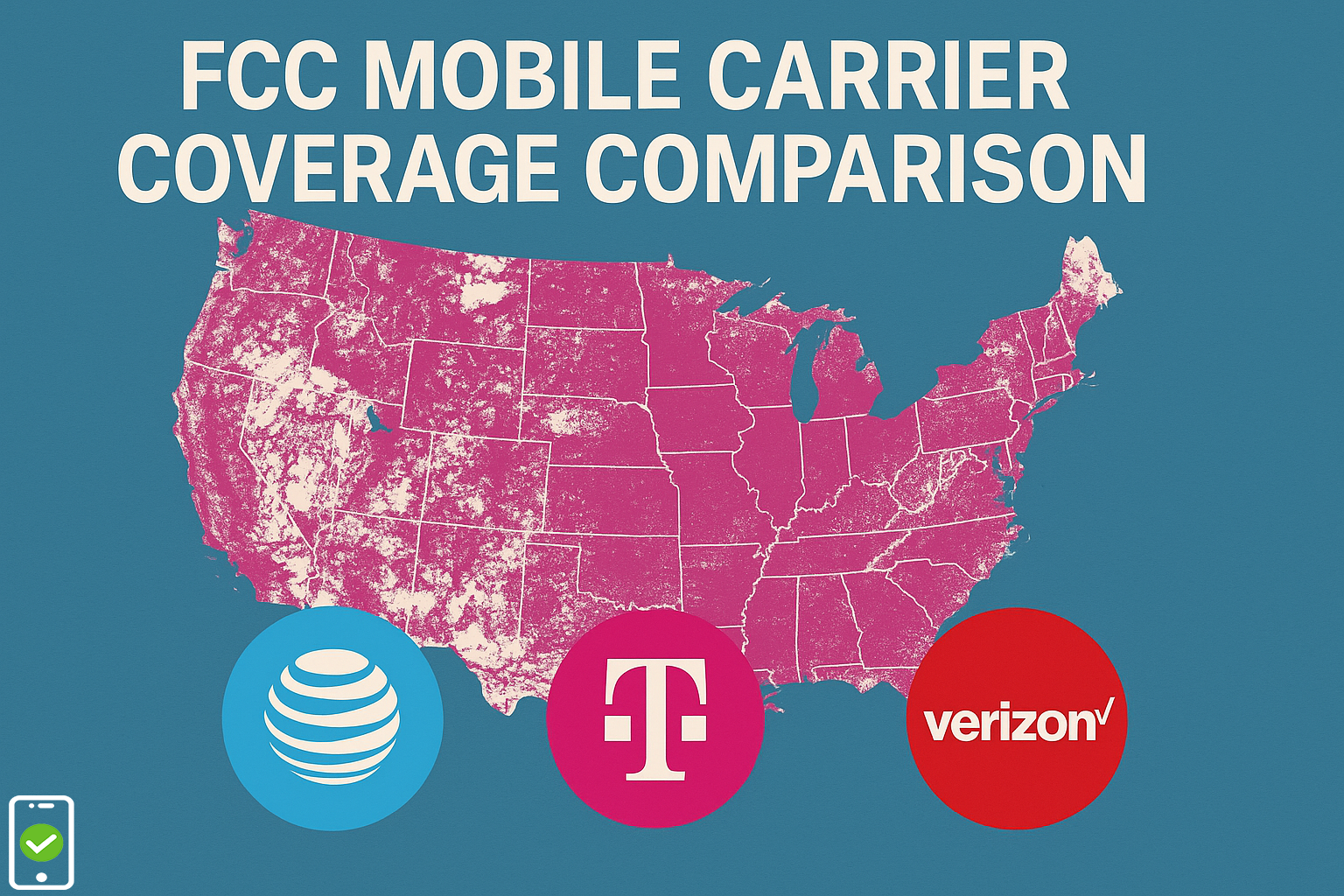The North American Numbering Plan (NANP) has been a fundamental framework in the telecommunication industry since its inception in 1947. Over the decades, the NANP has adapted to accommodate population growth, technological advances, and increased demand for new telephone numbers. As we look forward, we recognize that the NANP faces several challenges and prospects that will undoubtedly shape its future.
New Technological Horizons
One of the most substantial factors influencing the future of the NANP is the ongoing advancement of technology. The rise of Voice over Internet Protocol (VoIP) technology and the expanding Internet of Things (IoT) present both challenges and opportunities.
VoIP technology, which allows users to make calls over the internet, may reduce the demand for traditional phone numbers, potentially leading to a surplus of unused numbers. Conversely, the IoT, characterized by an increasing number of interconnected devices, may result in an increased demand for unique identifiers, potentially pressuring the existing number pool.
Population Growth and Globalization
Population growth and globalization will also continue to exert pressure on the NANP. With populations in North America steadily growing, the demand for unique phone numbers will only increase. Additionally, as businesses continue to globalize, the need for a globally harmonized numbering system might become more pronounced.
Potential Reforms and Adjustments
In response to these challenges, several reforms and adjustments may be made to the NANP. For instance, an expansion of the existing three-digit area code system could be considered. Alternatively, a change in how phone numbers are allocated and managed may help increase efficiency and longevity of the number pool.
In Conclusion
The future of the NANP will undoubtedly be shaped by these and other challenges and prospects. However, as we’ve seen throughout history, the NANP has shown its capacity to adapt and evolve in response to changing circumstances. As we move forward, the NANP remains a critical component of our telecommunications infrastructure, ready to meet the needs of the future.



